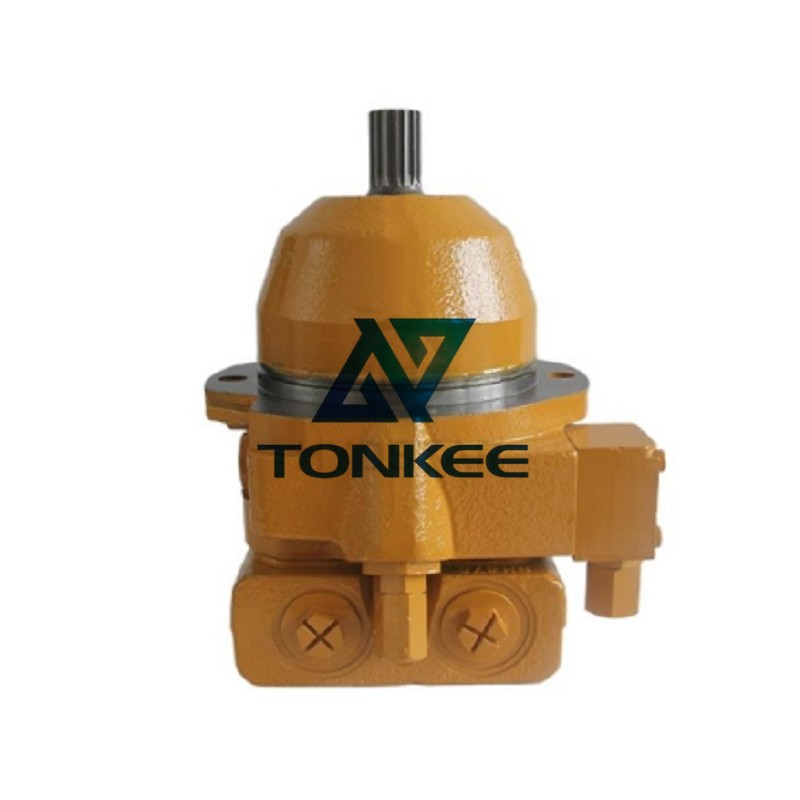
Mention the specific type of hydraulic motor, whether it's a gear motor, vane motor, or piston motor, as each type has unique characteristics and applications.
Flow Rate and Pressure:
Hydraulic motors are designed to work within specific flow rate and pressure ranges. Provide the maximum flow rate (in gallons per minute, GPM) and operating pressure (in pounds per square inch, PSI) that the motor can handle. For instance, a motor might have a maximum flow rate of 20 GPM and a maximum pressure of 3,000 PSI.
Displacement:
Displacement refers to the volume of fluid a hydraulic motor can displace in a single revolution. It is typically expressed in cubic inches per revolution (in³/rev). For example, a motor might have a displacement of 10 in³/rev.
Speed and Torque:
Hydraulic motors can vary in terms of their speed (rotational speed, typically in RPM) and torque output (measured in pound-feet or Newton-meters). Mention the rated speed and torque characteristics of the motor.
Efficiency:
Hydraulic motors have different levels of efficiency, and this affects their overall performance. Provide information on the motor's efficiency, usually expressed as a percentage.
Mounting and Connection:
Describe how the motor is designed to be mounted and connected within a hydraulic system.
This could include details about flange mounts, shaft types, and hydraulic port connections (e.g., SAE ports).
Direction of Rotation:
Specify the direction of rotation, which can be clockwise (CW), counterclockwise (CCW), or bidirectional.
Operating Temperature Range:
Hydraulic motors operate in various environmental conditions, so it's important to specify the temperature range within which the motor can function effectively and safely.
Materials and Construction:
Detail the materials used in the motor's construction, especially in parts that come into contact with hydraulic fluids. Common materials include cast iron, steel, and various seal materials.
Additional Features:
Highlight any unique features or options that the motor may have, such as built-in relief valves, porting options, or special coatings for corrosion resistance.



 English
English Русский язык
Русский язык



